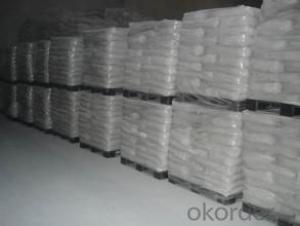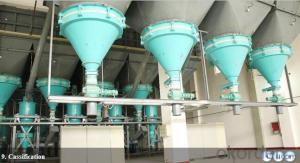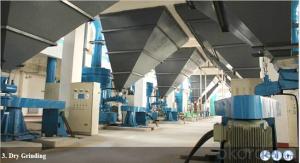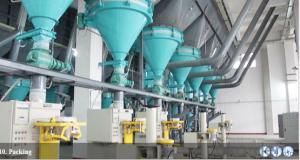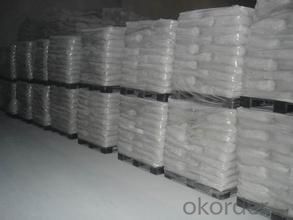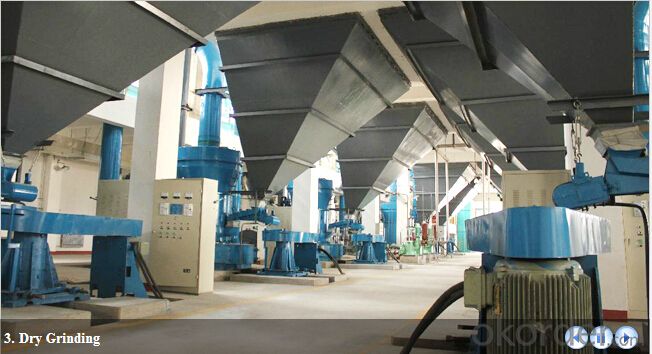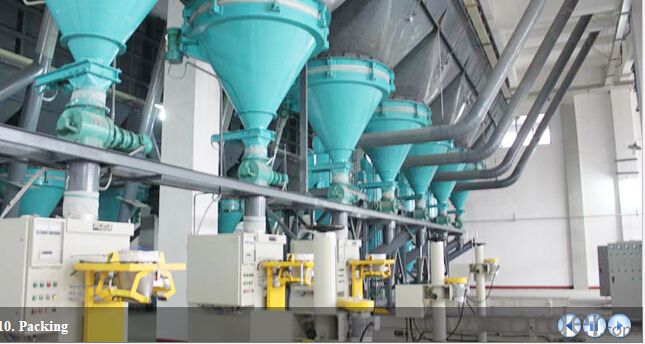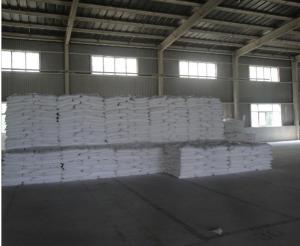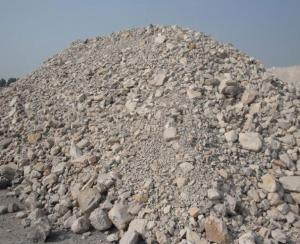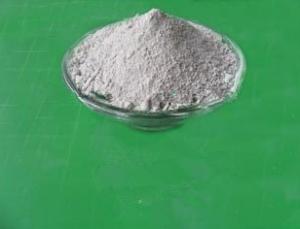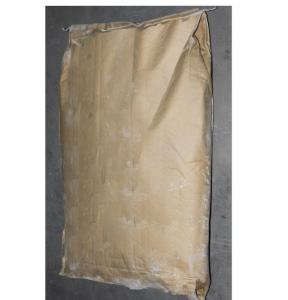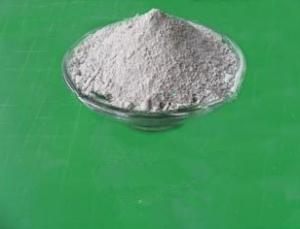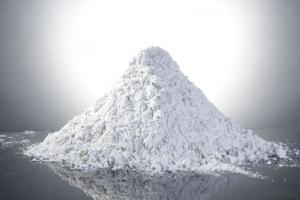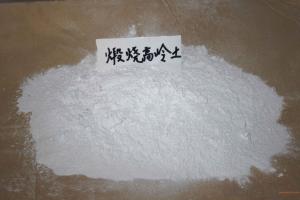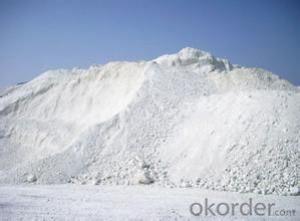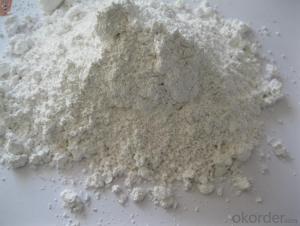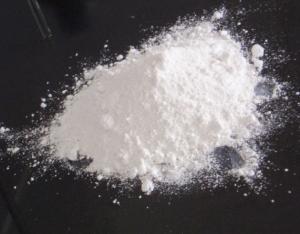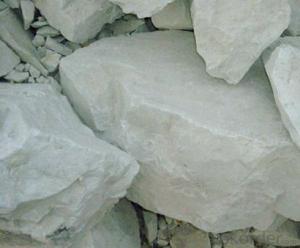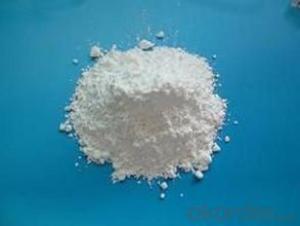HIGH REACTIVITY METAKAOLIN FOR CEMENT INDUSTRY(GB-HRM95/98)
- Loading Port:
- Tianjin
- Payment Terms:
- TT OR LC
- Min Order Qty:
- 25 m.t.
- Supply Capability:
- 12000 m.t./month
OKorder Service Pledge
Quality Product, Order Online Tracking, Timely Delivery
OKorder Financial Service
Credit Rating, Credit Services, Credit Purchasing
You Might Also Like
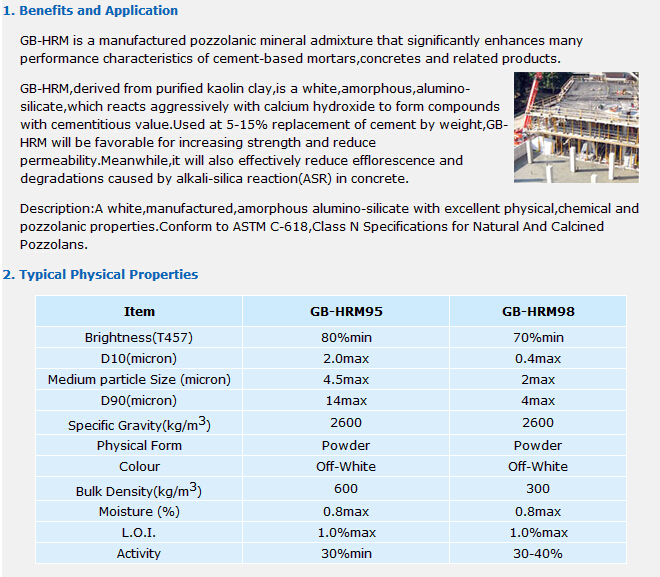

4.Application
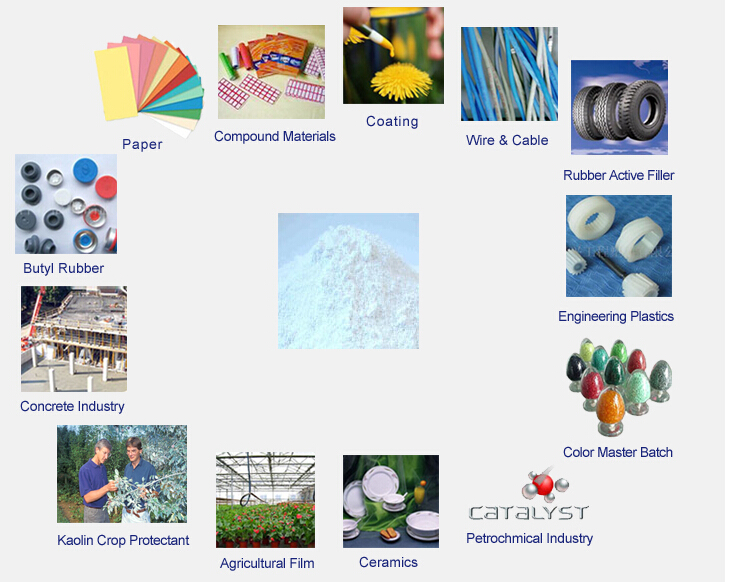
- Q: There is a kind of kaolin powder used for making cables. It does not sink in water. It does not damp with a stick. It wants to know what is added in it
- The question about the reform of kaolin can not be explained in one or two words. Remember my name and contact me by telephone.
- Q: What is the difference between diatomite and kaolin? Thank you
- The main component of kaolin is 2Si02 2H20 Al203, is the most dense or loose soil. Easily dispersed in water or other liquids, soapy, earthy. Having plasticity; wet soil can be molded into various shapes without breaking, and can remain unchanged for a long time. Is a kind of non metallic minerals is ubiquitous in nature, are used to produce ceramic, refractory materials and a small amount of mixed plastics, rubber filler in law. It is widely used in ceramics, rubber, plastics, artificial leather, cement, refractory materials, chemical industry and agriculture.
- Q: Steam is used to open the pores, open the state, with kaolin mask will not plug the pores?
- The effect of warm water is better than cold water, even if you soak seaweed with warm water, cool it and use it again. Why? Warm water can better promote the gum inside the seaweed, not only this can make the deposited time will not stay, but also inside the seaweed glue has a powerful beauty function Oh!To be patient when global algae, have the time and energy of the MM for the best hand rub algae particles, slowly you will find more and more glue in the water, even if you are too lazy to spend time on it, then put them soak for a while, the cold water for 20 minutes, 10 minutes of warm water. I personally watched TV at night to rub, and found almost, and then deposited on the face
- Q: The big ball of mud and kaolin porcelain which is good
- Big balls are much better than kaolin. A big ball of mud is very rare only two places in the world, one is in Britain during the second world war has been mined over, one is in Chinese Hongjiang, the big ball of mud in the last century at the end of 70s has exhausted its scarce precious mining, known as the "gold mud".
- Q: How do porcelain mud distinguish good or bad?
- Compared with the international standard of the kaolinite content Chinese, southern Suzhou and Fujian Longyan kaolin soil Si was significantly more than the commonly used North Datong soil, iron content and mix the raw is significantly larger, but the north and south to kaolin aluminum content than the British standard used for EPK, which also makes the general China porcelain to temperature higher than 1310 degrees, or even close to 1350 degrees, but the mineral composition of kaolin is different, around the mining kaolin component is so different, so that a lot of kaolin with today's porcelain stone in the data has been very close to the standardized production and the western industrialization under the background of different kaolin most of the China, or in the production of kaolin ore deposit by the way.
- Q: The difference between clay and porcelain
- The clay clay pottery material. The mineral composition is complex, mainly composed of kaolinite, water mica, montmorillonite, quartz and feldspar. Particle size is inconsistent, often with sand, silt and clay and so on. It has water absorption and absorbability, and has plasticity after adding water. The color is impure, often with yellow, gray and other colors, and therefore used only in pottery manufacture.
- Q: What's the difference between kaolin and clay?
- Kaolin is mainly composed of less than 2 microns of small flaky, tubular, laminated and other kaolinite cluster mineralsKaolinite minerals: cluster by kaolinite, dickite, nacrite, halloysite etc., chemical formula and ideal for AL2O3-2SiO2-2H2O, the main mineral is kaolinite kaolinite and kaolinite mineral water, in addition to the cluster, and montmorillonite, illite, Ye Lashi, quartz and feldspar and other minerals associated with the chemical constituents in the kaolin. Contains a large number of AL2O3, SiO2 and a small amount of Fe2O3, TiO2, Na2O, K2O and trace amounts of CaO and MgO.
- Q: Can calcined kaolin be used in PVC tubing?
- At present, calcined kaolin has been widely used in ceramics, rubber, plastics, artificial leather, cement, refractory materials, chemical industry and agriculture.
- Q: What are the requirements for the whiteness of calcined kaolin in the coating formula?
- In the application of coating, whiteness is the first index of calcined kaolin, the higher the better. Whiteness should be greater than 90%, and some manufacturers will require more than 93%. Whiteness stability is very important, and if the volatility of the assembly affects the optical properties of the coating, resulting in the same formulation of different batches of products appear chromatic aberration.
- Q: The difference between calcined clay and calcined kaolin
- Generally speaking, the strengthening effect of hard, clay on hardness, elongation strength, tensile strength or wear resistance is larger than that of soft clayBut the hard clay and soft clay (hard Claysoft clay) is mixed with rubber as raw material mixed hardness, tensile strength training plus sulfur product for compliance, which can not be a clear division, but hard clay particles were relatively small, at 2 below for more than 80%, soft clay is about 50%. The proportion of around 2.6. The general kaolin is acidity, pH value is about 4~5, but also the use of alkali or amine treatment, the pH value tends to alkaline. Kaolin better than calcium carbonate in the tensile strength and hardness increase and mechanical strength has good performance, but the degree of poor white, permanent compression deformation, and sulfur is slow (because of the pH value of 4.5.5, delay the sulfur addition tendency), glycerol, ethylene glycol, can amine (Glycol) as activating agent to improve the properties of sulfur. The clay at suitable temperature (600~800 DEG C) loses water of crystallization calcination (OH) the crystal structure collapse, in order to improve live Because the free ion (ion) is adsorbed and fixed, the insulation effect can be improved, and the treatment can decompose the organic matters and increase the whiteness, and because the size is neat, the dispersion is good
Send your message to us
HIGH REACTIVITY METAKAOLIN FOR CEMENT INDUSTRY(GB-HRM95/98)
- Loading Port:
- Tianjin
- Payment Terms:
- TT OR LC
- Min Order Qty:
- 25 m.t.
- Supply Capability:
- 12000 m.t./month
OKorder Service Pledge
Quality Product, Order Online Tracking, Timely Delivery
OKorder Financial Service
Credit Rating, Credit Services, Credit Purchasing
Similar products
Hot products
Hot Searches
